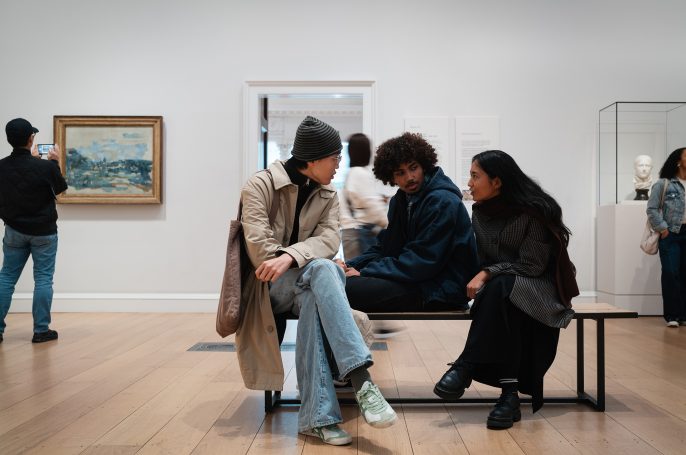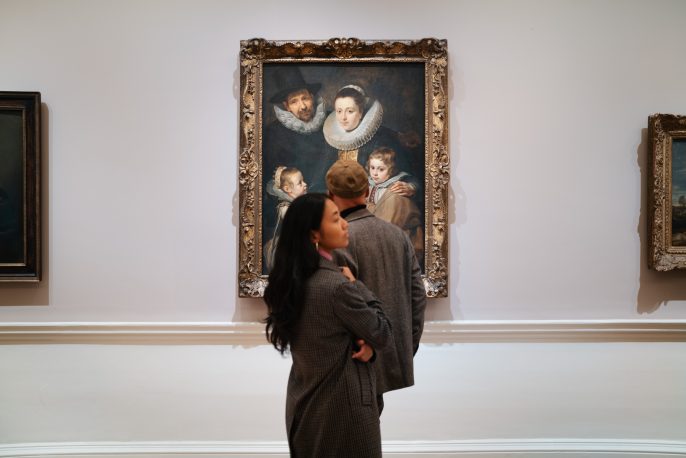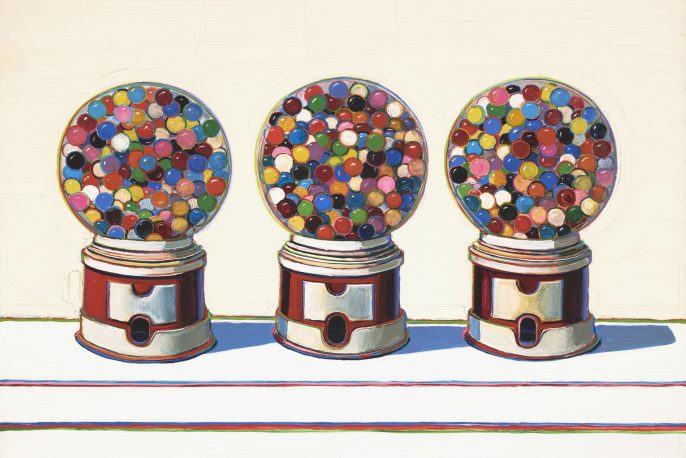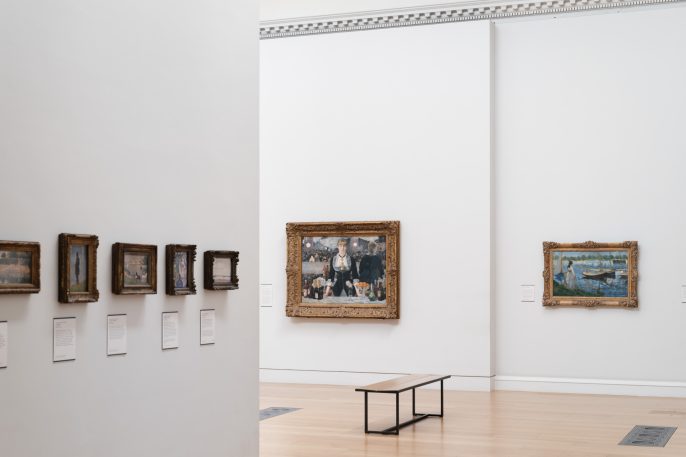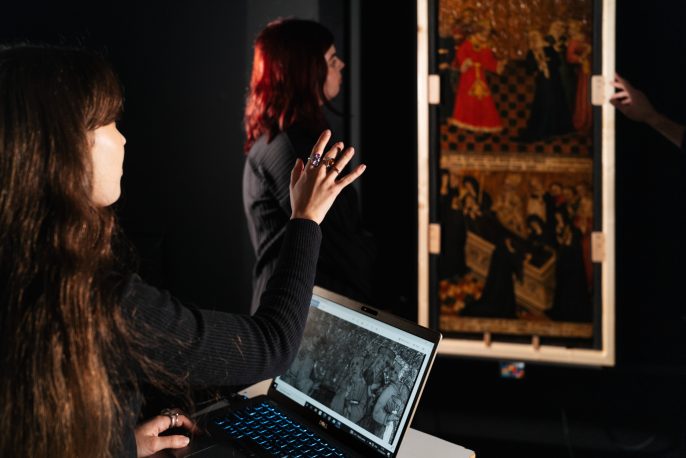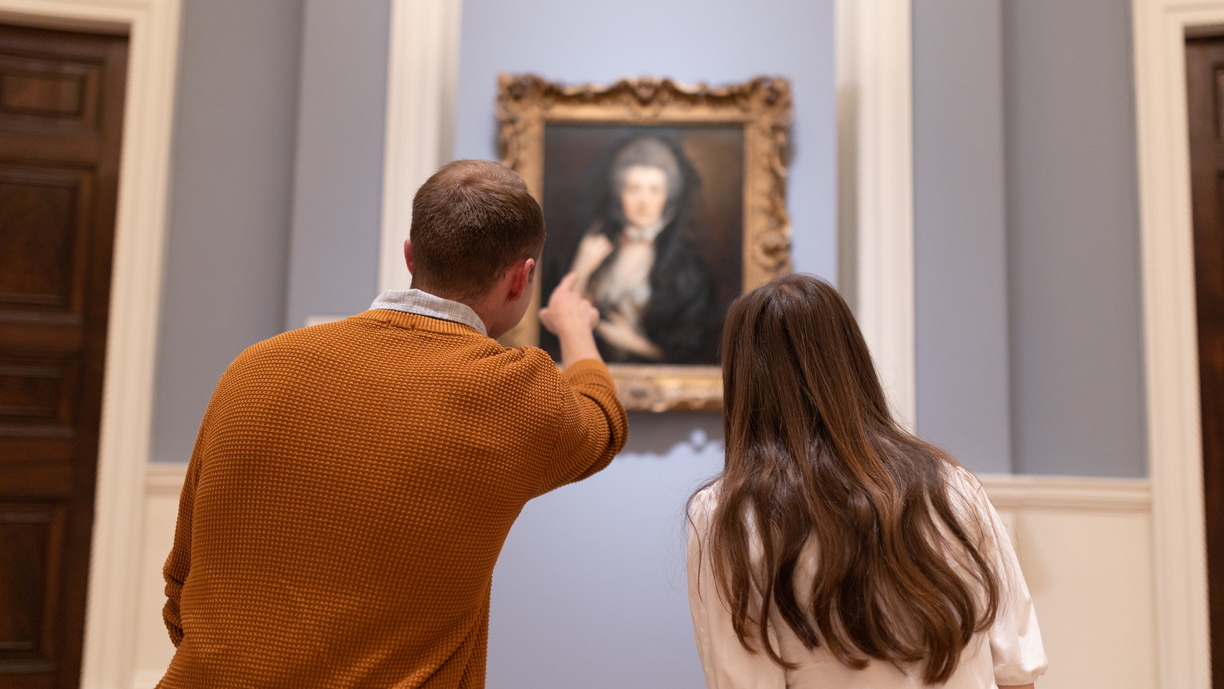
News Archive 2025
My experience on the Graduate Diploma
Our Graduate Diploma in the History of Art is a concentrated form of the undergraduate degree, giving graduates of other disciplines the opportunity to apply their existing skills to the study of Art History. But what is it actually like to study, and what paths do our students take to us and after completing the course?
We asked a few of our current students about their experiences – read on to find out more.
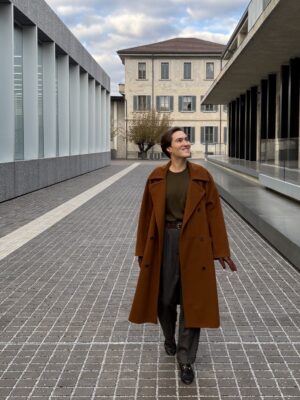
Nikola Lindenberg
My initial encounter with art history came as a young child, going through my parents’ library and looking for books that caught my interest. At the time I was likely looking for books with illustrations, so naturally the books that had a focus on art history drew me in the most.
Growing up, I was always surrounded by art. My parents often organised museum visits, took me to the theatre, classical music concerts and the opera, so I have come to consider the enjoyment in the arts a part of my everyday life, something I could not live without. Later, I completed a master’s degree in media studies, with a particular focus on film aesthetics, and went on to work as a writer, working in marketing and content management. But I was always hopeful I would find a way to make my engagement with art not only a pastime, but a calling. This lead to my decision to, after almost a decade of professional development, got back to school to study history of art.
I have always been aware of The Courtauld Institute of Art, thought my enjoyment of The Courtauld Gallery on my trips to London. At the same time, through my most recent experience working at a contemporary art gallery, I made numerous friends and acquaintances who had studied at the Institute, and had only the most wonderful impressions and experiences to share about their time there.
This past year spent studying history of art as part of the Graduate Diploma program at The Courtauld has been incredibly illuminating as well as challenging. I welcomed the opportunity to discover new aspects of the field, engage with the impressive and immensely giving academic staff of professors, lecturers and teaching assistants who have made me feel truly embraced and seen, both as a student and a fellow art history nerd. That is something I found most impressive over the course of the program, finding genuine joy in the openness I have encountered and the stimulating discussions I’ve had in and outside of class, as well as the sense of community being part of The Courtauld creates.
The Graduate Diploma has stimulated my curiosity for the field by becoming deeply immersed in the program, sharpened my vision of the research topics I plant to tackle as I continue my studies, and helped me shape the questions I wish to find answers to within the vast field of history of art in the years to come. It has also given me the opportunity to meet, have conversations with and build relationships with fellow researchers who share my passion for the field of art history, something that is of utmost importance to me.
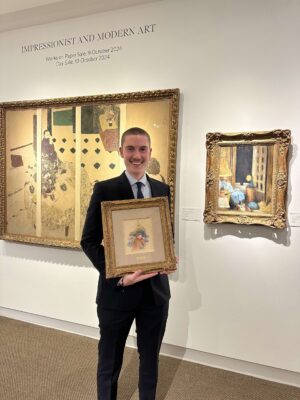
Konstantin Handal
Art history was first introduced to me while completing my undergraduate studies at the London College of Fashion. This was through one of my modules, Critical Issues in Fashion Research, where the module lecturer, Dr. Anne Reimers, took the class on a journey on how dress (garments) have evolved throughout art history. This introduced me to a new world, and broadened my perspective on art and what it could entail. Dr. Reimers also introduced me to The Courtauld, and emphatically underlined the institution’s prestige and importance in the art industry.
Art History is more than looking at art; it is understanding the human psyche throughout history and allowing new perspectives when looking at art. Indeed, after the diploma, I dare say I can now understand art, whilst before, I was merely attempting to.
The Graduate Diploma has been foundational to my personal and professional aspirations. It has strengthened my fervour for art, and allowed me to study it in an academic environment. The next step for me is to pursue an MSc in International Management, which will give me business acumen; once combined, I will be ready to tackle the commercial art world, ideally working in auction houses and later within an art advisory.
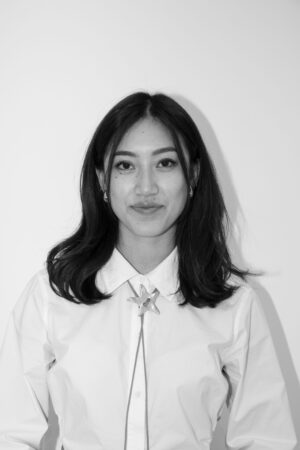
Raina Chen
I discovered art history very early thanks to my fantastic art teacher in primary school. During one class, my teacher gave us a mini lesson on Edvard Munch’s The Scream before we were given free time to draw something inspired by it. Art was also something that always interested my mom. I would watch her watch paintings for hours at a time in the museums we wandered into on family vacations. At first I think I was trying to understand why she was so interested in it; I was following my mom’s lead more than anything else. As I got older, though, I found myself coming back to art constantly: going to museums and galleries with or without friends, studying art history independently, and scrolling on Instagram discovering new artists I loved.
In the process I fell in love with contemporary art and the idea of working with living artists. I found work at a gallery in Los Angeles specialising in postwar and contemporary art, where I stayed for two years before coming to The Courtauld. Having never studied art history in my undergraduate degree, I chose the Graduate Diploma to give me the foundational knowledge I felt I was missing. I discovered The Courtauld through one of my old directors who completed her masters here. I love studying art history because it is incredibly interdisciplinary – every artist and movement comes with a host of social, political, and interpersonal histories. I think it’s also very valuable to understand visual histories in today’s context where virtually everything is mediated through images. Following the Graduate Diploma, I am excited to return to the gallery space and continue working with contemporary artists.
